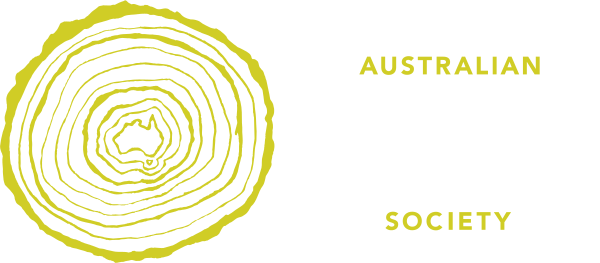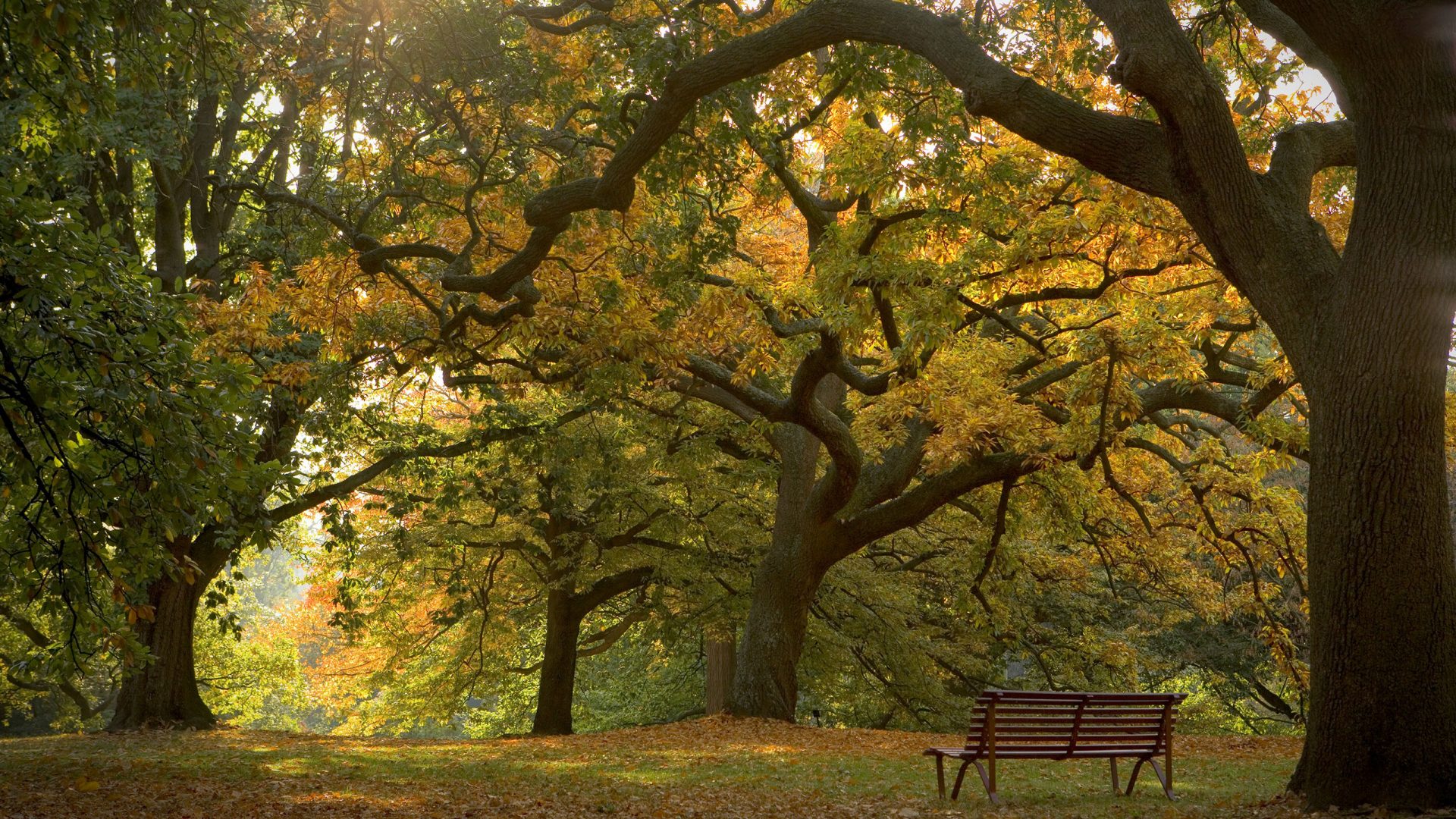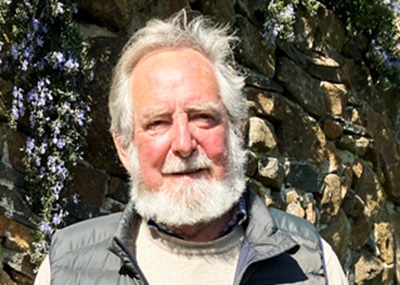Interview Recording
Interview Transcript
Bob Cherry interviewed on 11 Sep 2023 by Jean Elder
Synopsis
Childhood memories of the people and places associated with gardens are frequently mentioned in recalling life stories. Bob Cherry is no exception. From a childhood spent on the Central Coast in NSW, Bob remembers the blue hydrangeas in his home garden, making confetti with camellia flowers, and the wonder of growing and selling plants from seed.
At 16 years of age Bob enrolled at Ryde Horticultural College. His first job was at George Taylor’s Burbank Seed Farm, followed by a short period as gardener at the Hawkesbury Inn Restaurant at Mt White. He then moved to the Robin Crest Nursery run by Len Stone at Gosford before establishing his own nursery business.
It is however Paradise Plants, the nursery he founded in 1972 at Kulnura, located 50 miles [80km] north of Sydney, that established his reputation as a renowned horticulturist and gave him so much pleasure, despite the hard work. At its peak, as one of the largest wholesale nurseries in Australia, Paradise Plants covered 25 acres of nursery area and employed 35 people. In addition there were spectacular private gardens nurtured and developed over a 40-year period, beautifully depicted in Two Dogs and a Garden published in 2009 by Derelie Cherry. Included in the gardens was a large collection of wild collected plants including camellias, magnolias, michelias and rhododendrons.
Bob’s passion for plants led to many overseas trips collecting seeds and plants, notably from China. This modern-day plant hunter was surprised to learn from preliminary research for this interview that a camellia collected in the Sichuan-Yunnan border region had been named after him. In recent years Bob and Derelie continue to travel Australia and overseas visiting garden shows and rose nurseries in particular.
Having sold Paradise Plants, in 2015 Bob achieved a long-held desire to live in Tasmania, drawn by the mild climate and wonderful soils. Never one to stand still, at Gawler in north-west Tasmania he could grow all the English plants he read about as a youth. Embracing this transition he breeds plants, builds stone walls and water features, and continues to share his knowledge freely.
As an influential and experienced industry figure, he reflects on the transition in commercial nurseries, from the proliferation of small suburban owner/operator nurseries who grew and knew what suited their particular area, now replaced by larger garden centres with a more generic approach.
Looking back to his birth on the first day of Spring in 1945, this interview gives a sense of the richness of Bob’s experiences. It is clear that his career has been nourished through his love and curiosity of plants ‘lived in the best spot in the world’.


